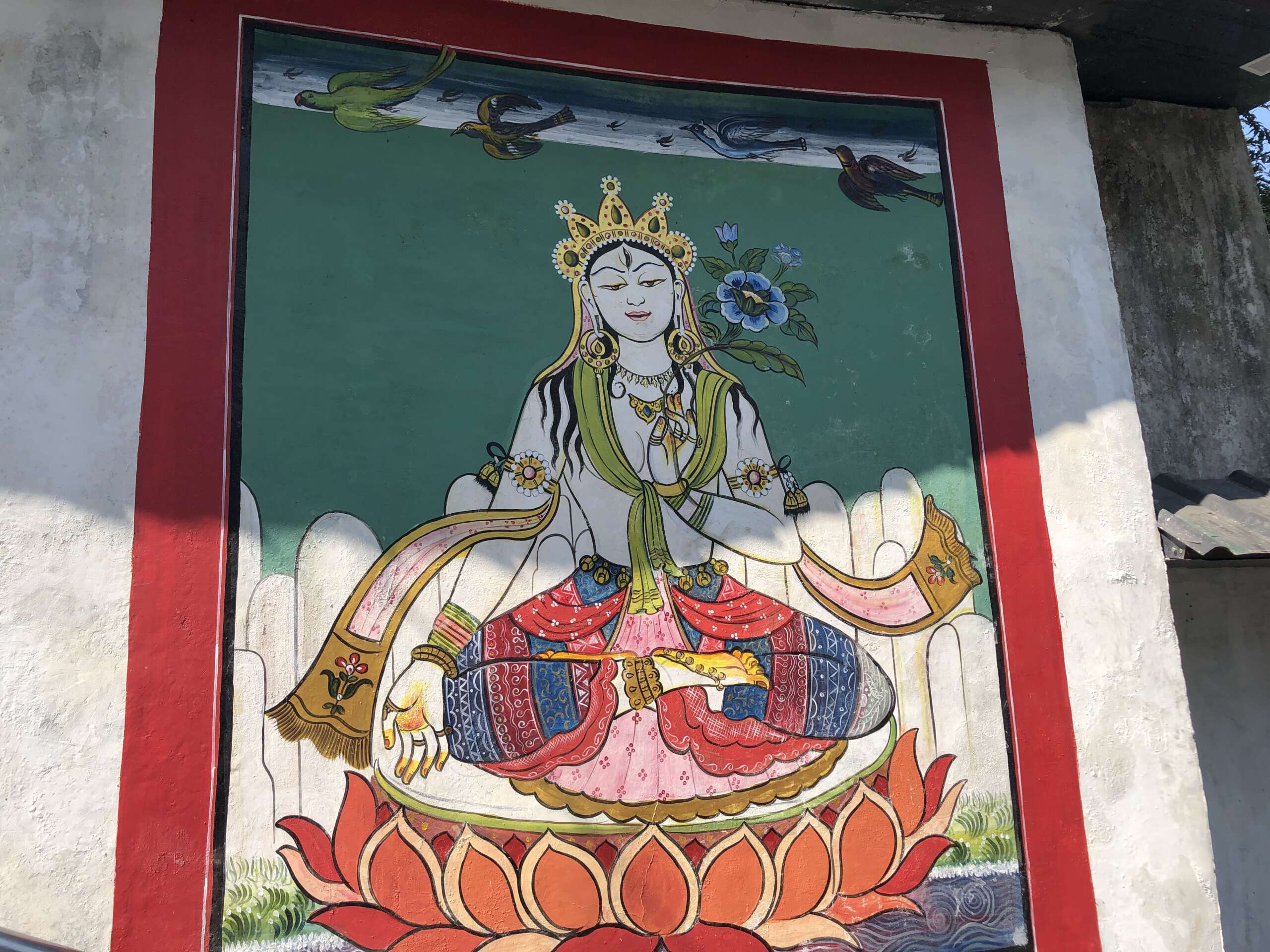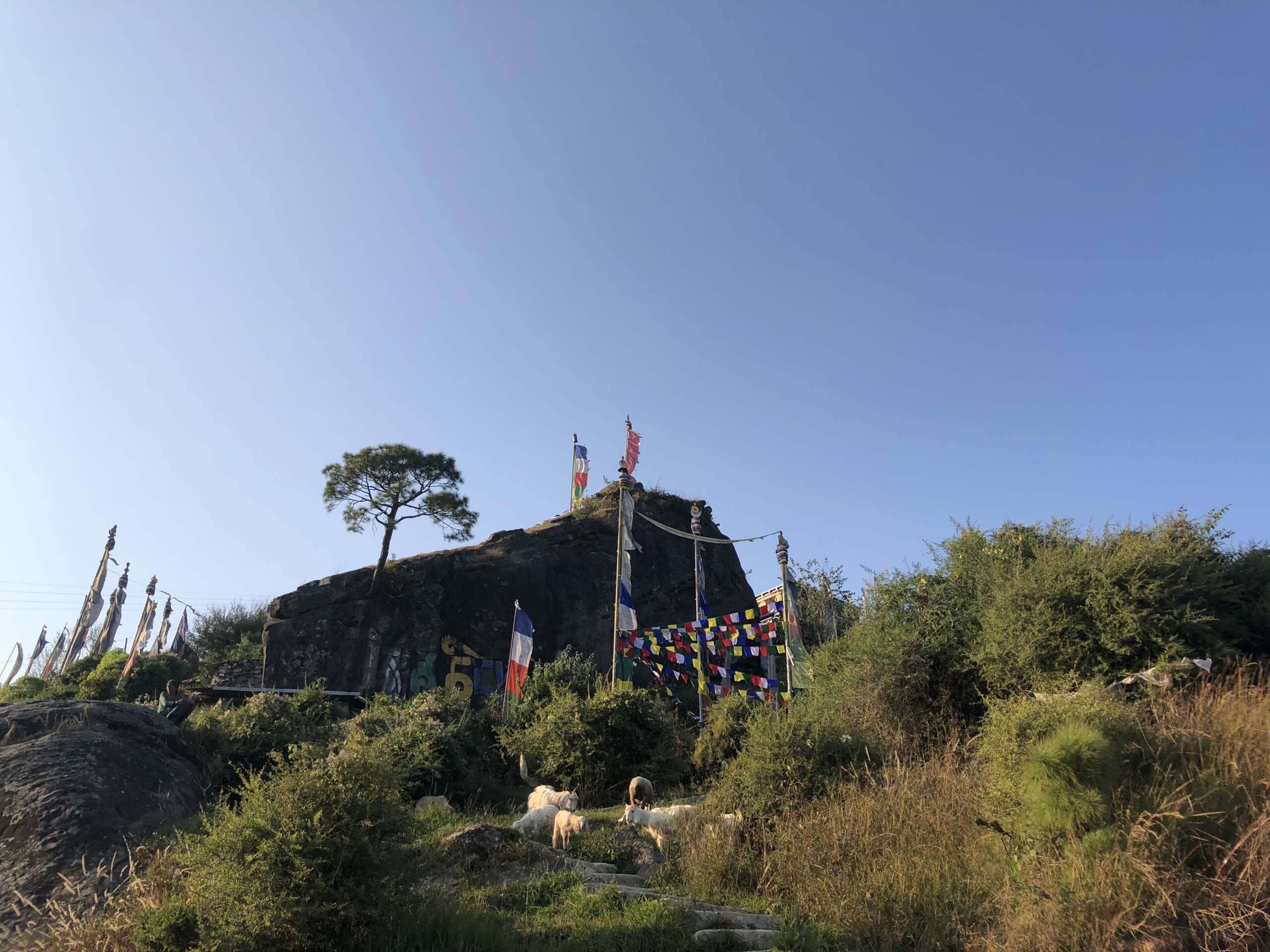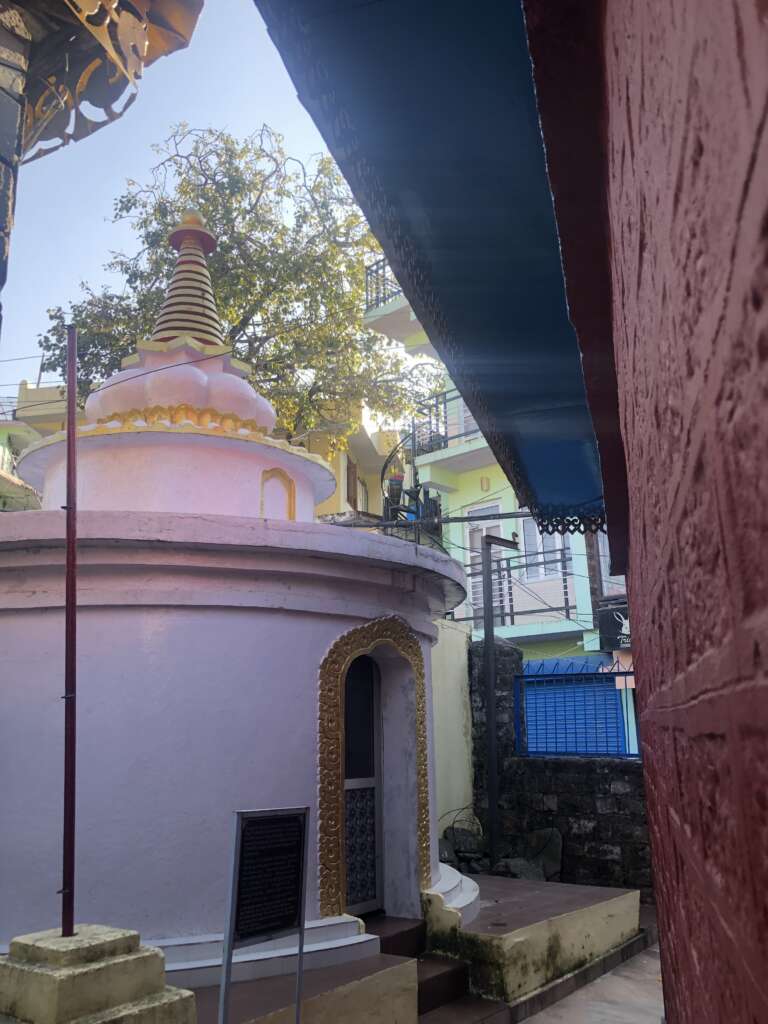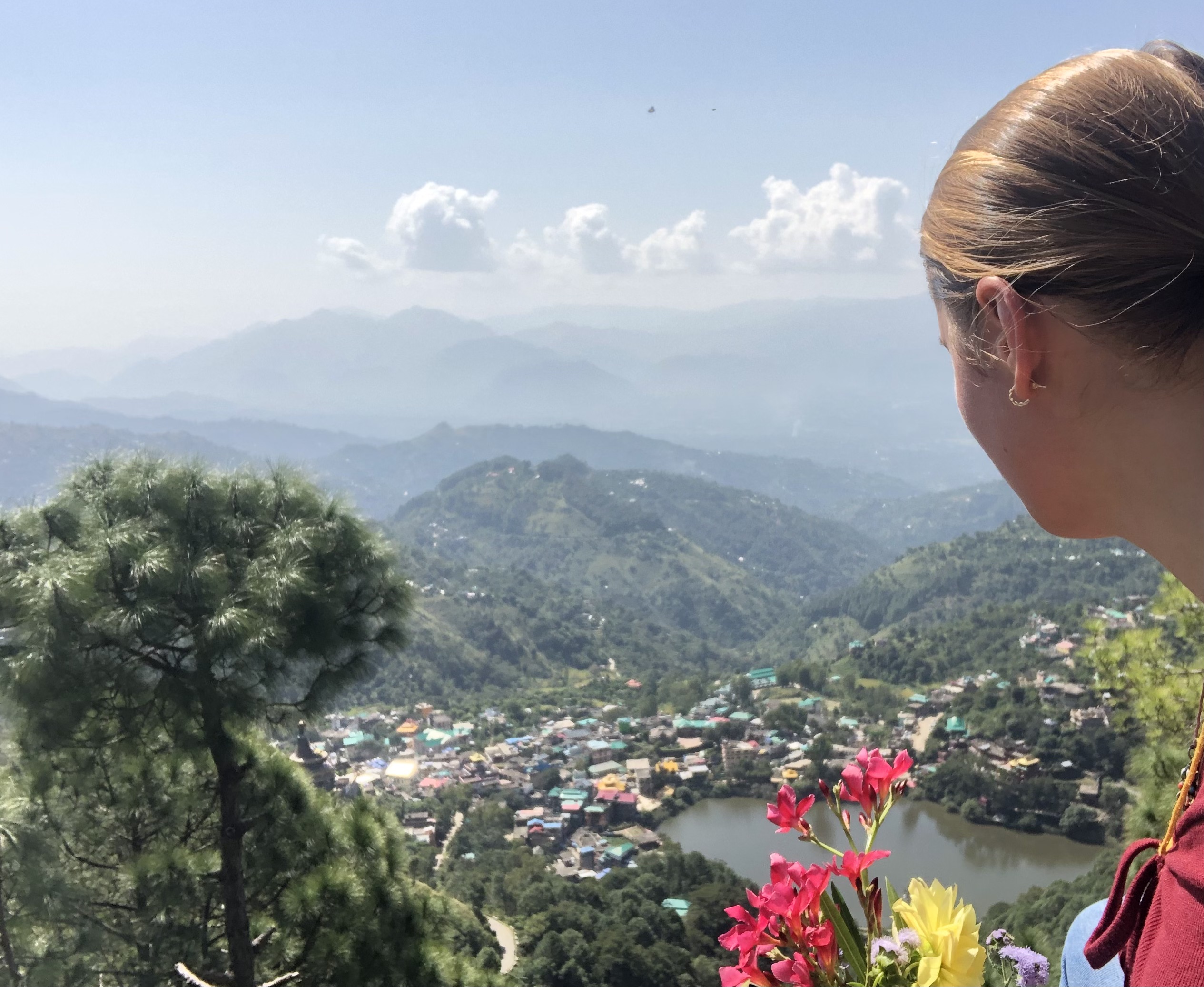Tso Pema is a truly magical point on the map of the lower Indian Himalayas. Tibetan Buddhist masters have even composed prayers dedicated to this sacred place. It is closely associated with Padmasambhava (Guru Rinpoche) and his Indian consort, Princess Mandarava. According to tradition, through spiritual power, Guru Rinpoche manifested a lake from their cremation pyre.
I would say Tso Pema is a must-visit pilgrimage site for all truth-seekers.

In today’s post, I’d like to share some practical advice: how to get there, where to go, eat, and stay. Stay tuned for more content about this place, which personally is my favorite.
Where is Tso Pema located?
Lotus Lake—Tso Pema in Tibetan—is located in a small town called Rewalsar in Himachal Pradesh, a northern district of India.
How to Get There?
From Dharamsala: Frequent buses run to Mandi, and the journey takes about 6 hours. Head to the main bus station in Dharamsala. Government buses depart from early morning, or you can book a private bus via RedBus or MakeMyTrip (fare around ₹300). Mandi is a larger city and a major transport hub between Himachali locations and Delhi, as well.
While in Mandi, I recommend visiting two special places:
There is a beautiful Mandarava temple, a bit hidden, but also shining through among narrow streets. It’s totally peaceful place, where time stops as a gift from princess Mandarava. She sits there within all-embracing „Welcome”. Our mind is naturally relaxed and inspired there. Temple is reachable by google maps.

It is also located near Beas River, really close to another meditation spot. Go to the Victoria Bridge and stop right in the middle to receive blessings coming from Tilopa and Naropa Caves – you will recognise this place by plenty white scarfs offered there.
From Mandi, you can take another bus or a direct taxi to Rewalsar.
From Delhi:
Take an overnight bus from the Tibetan district, Majnu Ka Tilla, where many travel agencies operate. Tickets are also available online (around ₹700). You’ll reach Mandi early in the morning, then continue by taxi or local bus.
In general, Tso Pema is accessible by bus or taxi from most places in Himachal. While taxis are more expensive, they are significantly more comfortable. Choose your mode of transport based on your needs and budget.
Where to Stay?
There are many hotels around Lotus Lake, but I highly recommend staying at Nyingmapa Gompa, which offers simple, clean rooms for pilgrims at a very affordable price. There’s also a Kagyu Monastery that provides accommodations.
If you’re planning a longer stay (a month or more), consider renting a room. A decent room (free from mold) typically costs from ₹8,000 per month. Guest houses near the upper caves are also an option.
What to Do?
•Kora (Circumambulation): meditative walk around Lotus Lake are a beautiful practice, especially on sunny days. Kora a sort of offering and a way to generate positive energy. Walk with the intention of good wishes for all beings—or simply enjoy the peaceful atmosphere.
•Visit the Caves: The main caves, located at higher altitude, can be reached:
•By local bus (~1 hr), place of departure you will find easily, simple on the Main Street where many small shops are. For the time-table ask local people or the bus driver. Usually every 15 minutes goes bus to the caves, starting from 10.am.
•By taxi (~20 min)
•On foot (~2 hrs). Go uphill next to Guru Rinpoche huge statue until you find a road and then open google maps. Closer to reaching destination look for the shortcut next to the “Middle Way” restaurant and go straight uphill. You will end up just in front of next stairs! Leading to the final destination. You are there.

These caves were retreat places for Guru Rinpoche (Padmasambhava) and Mandarava. Today, nuns live and practice there in nearby small caves. When you arrive, they often greet visitors with tea, cookies. You can support the nunnery by offering butter lamps carefully prepared by the nuns.

There are two main caves: The first, where Padmasambhava and Mandarava practiced together. The second, a secret Guru Rinpoche cave.
•Padmasambhava’s Footprint:
Continue up from the caves, along the stairs adorned with prayer flags. A sign points you toward Guru Rinpoche’s footprint. You’ll find many steps leading to another spot where you can offer light.
•Mandarava Cave:
Located in Rewalsar, near Lotus Lake. While walking kora, you’ll see a sign indicating the spot. I have a funny story about this place… but I’ll save it for another post!
•Guru Rinpoche Statue:
A signature landmark visible from the road as you approach Rewalsar. The climb is intuitive: follow the path until you reach a grand gate and staircase. This statue and temple were initiated by Ven. Wangdor Rinpoche and consecrated by His Holiness the Dalai Lama. Highly recommended for meditation.
- Stupa erected by Chogyam Trungpa Rinpoche, located on Nyingmapa Gompa rooftop.


There are also several Hindu temples and one Sikh gurdwara around the lake if you’re inclined to explore them.
Where to Eat?
I found a lovely, family-run restaurant on the way to the Guru Rinpoche statue. It’s near a vegetable shop, with orange tables and benches. The food is freshly prepared, local, authentic, and made with heartfelt care—and it’s very affordable.
I also enjoyed Emaho Cafe, which has a more Western-style vibe. They serve great coffee, cakes, and porridge. I can confidently recommend both places!
In Conclusion
Tso Pema is is a sanctuary of natural beauty which comes from spiritual realisations of Guru Rinpoche and Mandarava, undoubtedly, and masters which came afterwards. Whether you’re drawn by devotion, curiosity, or the sheer pull of the mountains, this lake and its surrounding offer a rare opportunity to connect deeply with inner stillness and this mysterious shimmer of light within, which there, evolves to the volume of the ocean and it’s everywhere.
May your journey to Tso Pema be filled with immeasurable joy, insights, and moments which will continuously inspire you.
Stay tuned for more stories and reflections—there’s so much more to share from this magical land.


13 Comments
Comments are closed.